Ever since I visited California recently, I can’t stop thinking about the bread I had that was sold out of a neighborhood garage.
It was so, so good — the kind that has crust that crackles, and the aroma that transforms the notions of “warm” and “clean” into scent. Baking bread is my No. 1 favorite scent, and it’s always held a certain fascination that the humble ingredients of flour, water, salt, and time (yes, time is an ingredient) can create something so radically different and vastly more incredible than its parts.
I decided to tackle sourdough bread. Sourdough begins with the wild yeasts floating around in the air settling onto your “starter” of flour and water and beginning to feed. Once you have a live culture going, you have to remember to “feed” it periodically with more flour and water.
Since it’s kind of like having to feed a pet, people often name their starters. Mine is called Clive, and some portion of it has been alive and kicking for a great deal of time. I got it from my mother-in-law-for-all-intensive-purposes, and she wrote “it was known to be alive and well in Petersburg, Alaska for at least 100 years with provenance of San Francisco, via steam ship most likely.”
She called hers Pete. When I worked as a pastry chef in New Zealand, one of my many tasks was to regularly feed Leroy, a huge starter located in a bucket that occupied a large portion of my counter space. You see the pattern.
Since there are so few ingredients, the flavor and texture of the bread come down to skill and finesse. I’ve never really made great bread – at least not up to my idolized standards. I’ve churned out some decent focaccia, can make good pizza crust and can whip up some beer bread dough in one minute flat, but the simple elegance of the common white loaf has eluded me. (This includes my short stint working at a country club, where I had to get up at the crack of dawn to mix massive batches of dough – the salt portion alone was one pound. The batches were so big that we didn’t have a mixer large enough to accommodate the dough once it began to rise, and so periodically great, doughy arms began to reach out of the bowl down to the floor, and I’d have to sprint over from whatever else I was doing to punch it back down. But I digress.)
I began by fetching Clive from the fridge and revitalizing it with enough flour and lukewarm water until I had the consistency of gravy, and let him out at room temperature for three days covered loosely with a tea towel until it had reached a very bubbly consistency.
Then I poured off some of the resulting alcohol (a by-product of the yeast feeding), put half a cup of Clive back in the fridge (you always have to keep some, you see) and added more flour and water until it became paste-like. That sat on the counter for another night, and the next day I divided my “starter” in half.
One portion got wheat flour and regular bread flour; the other got just bread flour until they had a dough-like consistency. Both received about a tablespoon each of sugar and olive oil, and about a teaspoon of salt. Then I mixed them each for 10 minutes with the dough hook attachment until the gluten had fully developed and became stretchy.
Again the dough sat overnight, and on the eve of the actual bread-baking, I began thinking about the Christian version of how the world began. You know, “On the first day, God created the heavens and the Earth, and it was good. On the second day, God said let there be light, and he saw that it was good … on the last day, God rested.” On the seventh day, in my house, I created bread.
Time to shape — the white got molded into a football shape, and the wheat plain round. Then I let them rise for about an hour on top of a hot oven, until they doubled in size, and then made slashes for appearance’s sake.
Then it was time to bake. The first 10 minutes the loaves got a blast of steam created by throwing some ice cubes on a hot tray in the bottom of the oven at 450 degrees. This is to assist in crisp crust formation. Then I turned the oven down to 400 and let them bake for another 50 minutes or so, until the loaves sounded hollowed when I tapped the bottom.
The result? Well, the plain white loaf needs some work. It had a pleasant sourdough flavor, but the crumb was dense and the crust too crunchy — and the appearance was a little strange with all those bubble formations on the crust, and it lacked an even, rich golden color.
The wheat fared much better, which perplexes me, since they essentially got the same treatment. It looked better, had a softer crumb, and an appropriately crunchy crust.
So now it’s back to the drawing board to perfect technique — I’m sure using an actual recipe might help rather than just winging it; but do any bread makers out there have any tips concerning method?
The great bread quest continues.

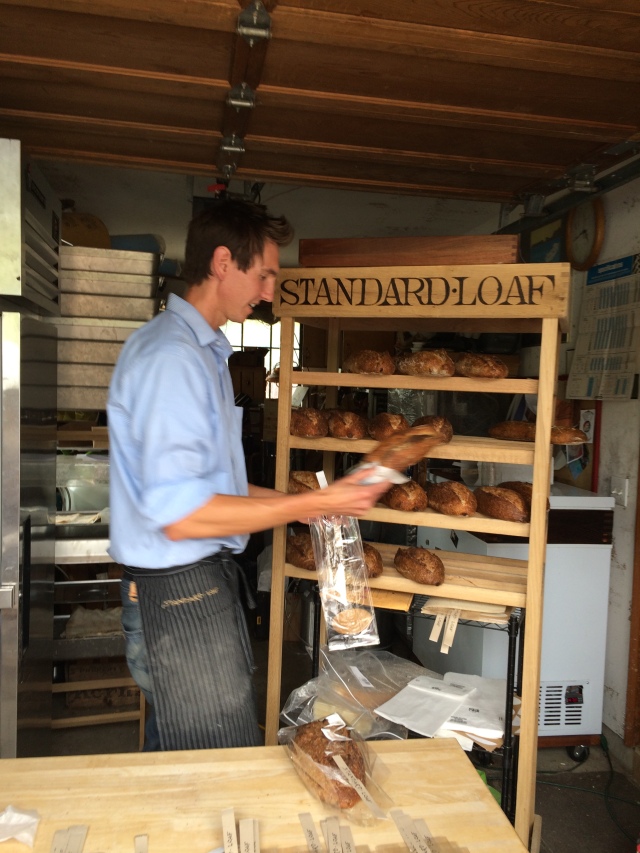
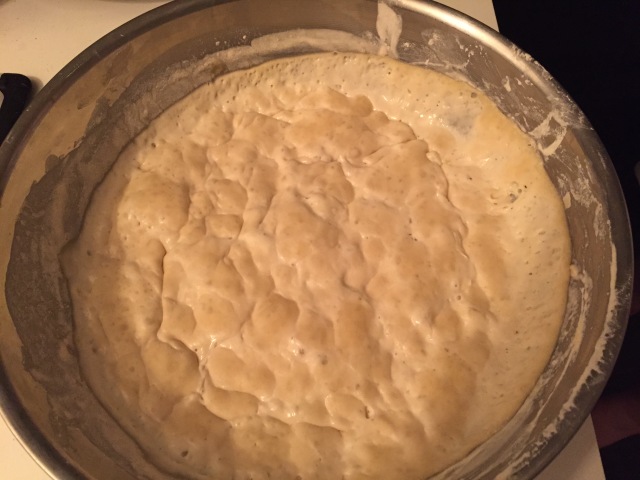
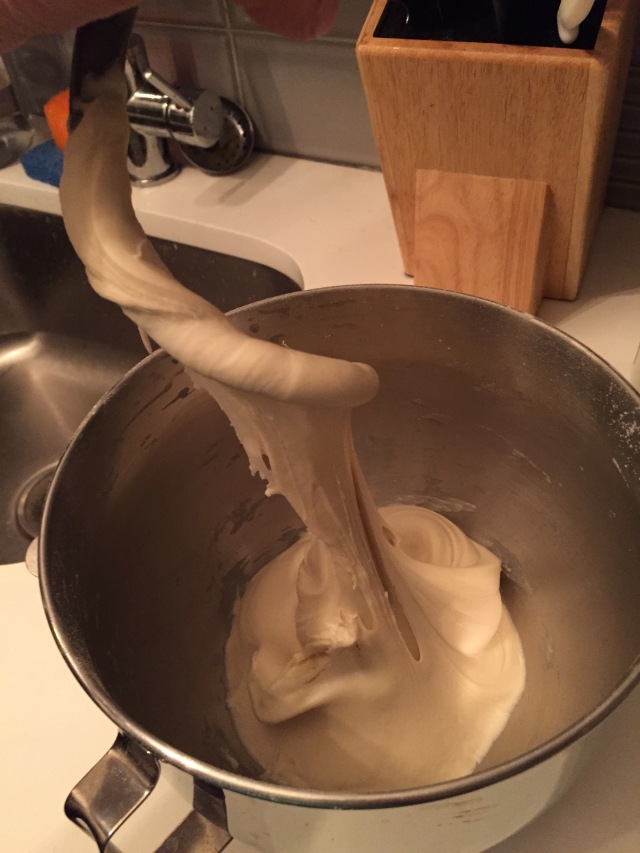
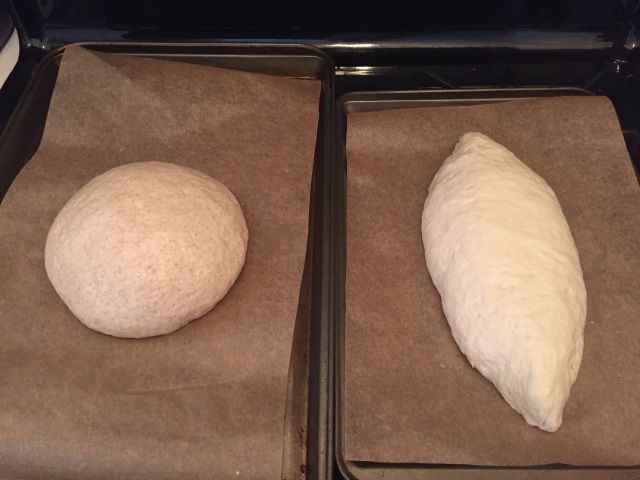
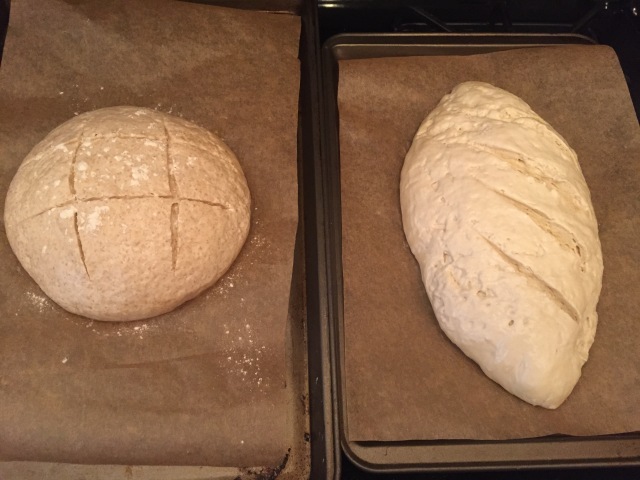
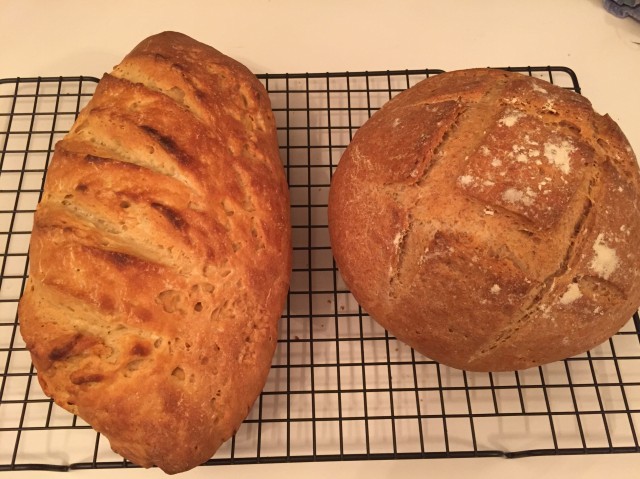
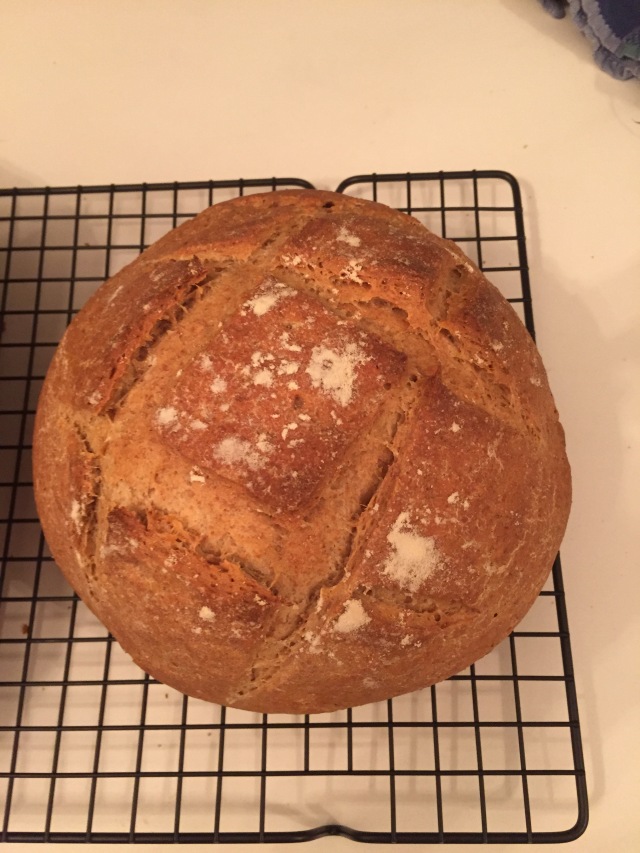
This looks amazing, great work!!! Mmm, would love to eat some for breakfast with butter and strawberry jam:-) The only bread that has come out of my kitchen is those cute little crescent rolls from a certain Dough Boy can…
LikeLike
Thank you! And I’ve never been known to refuse a crescent roll 😉
LikeLike
Clive, Pete, LeRoy – who knew starters had names such as these? Is there some gender consideration here – only men’s names for starters? Anyway, the bread looks delish! Wish I was able to try some.
LikeLike
You shall try some when the method is perfected! As for the guys’ names… what can I say. Cars are referred to as “she;” I guess starters are “he.”
LikeLike